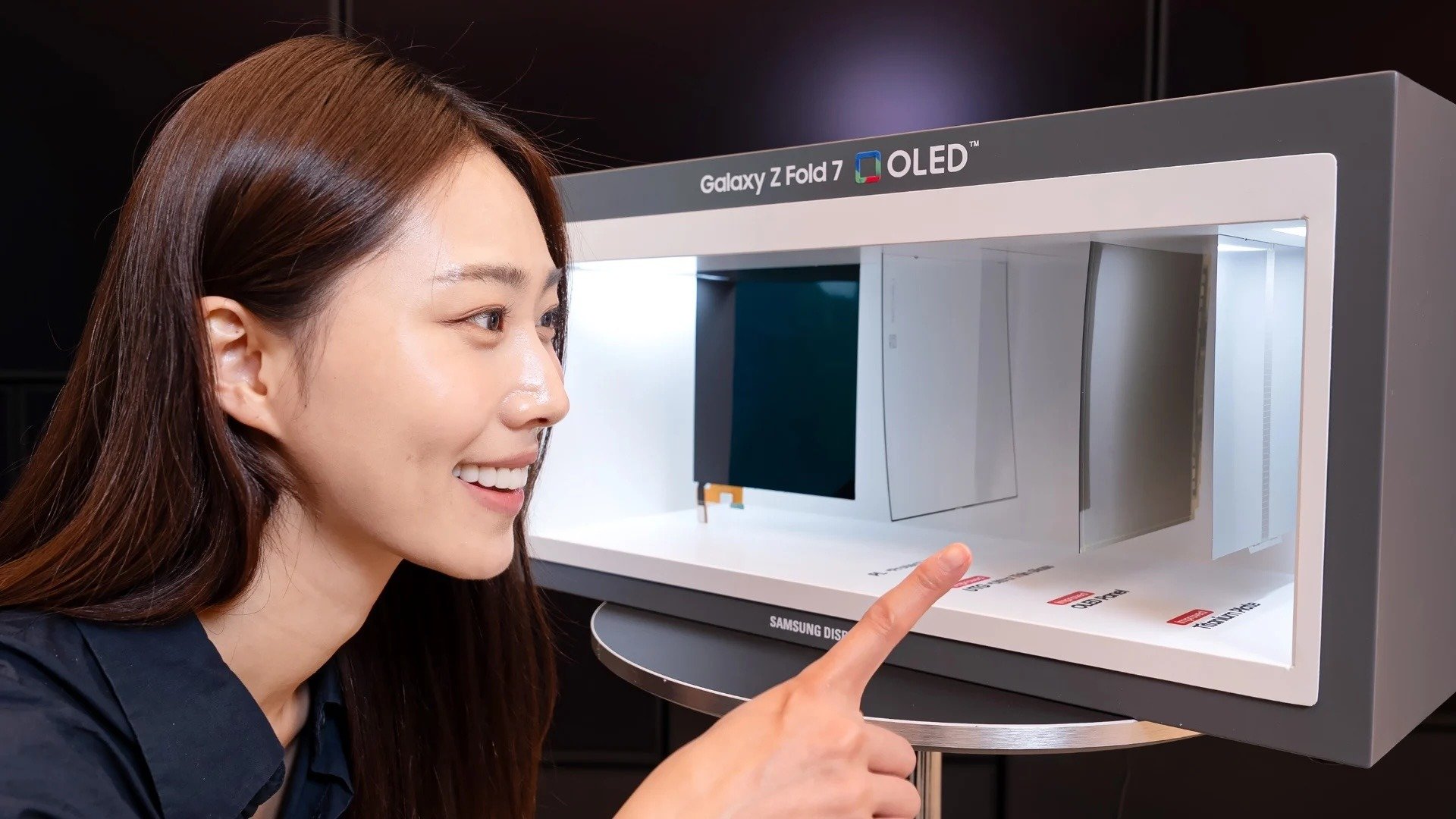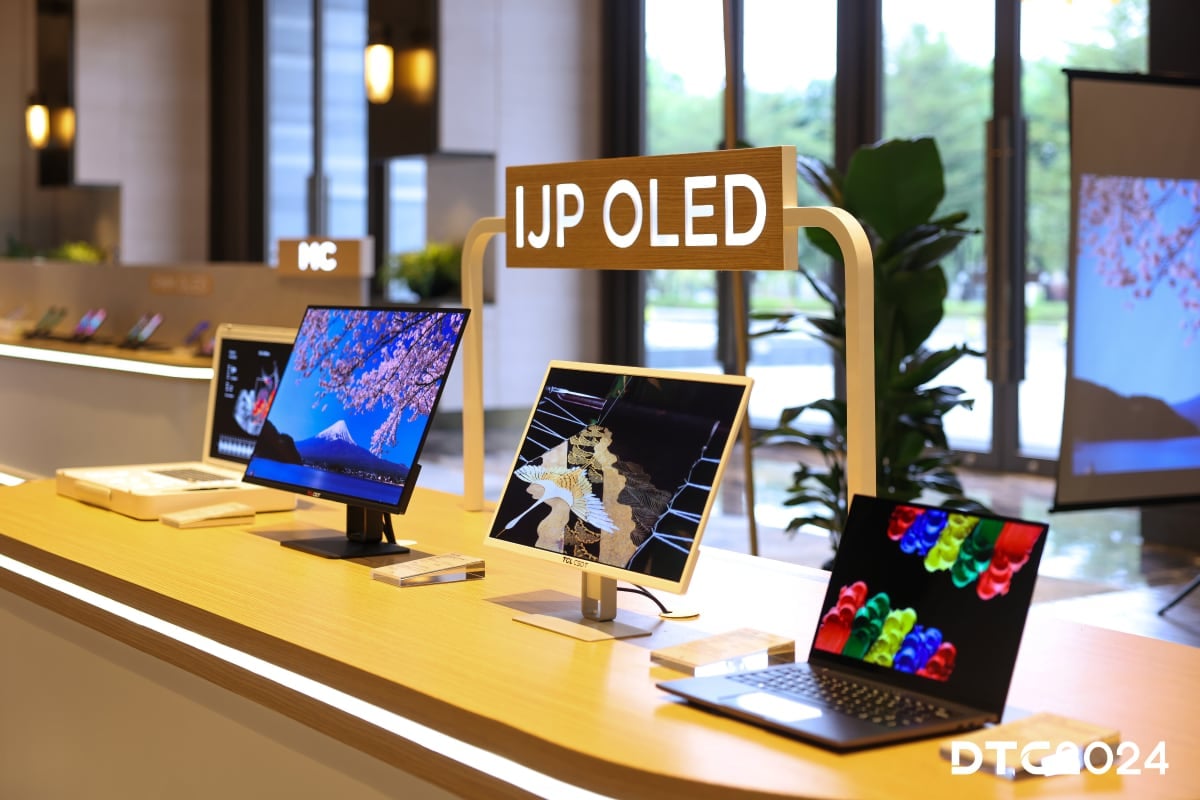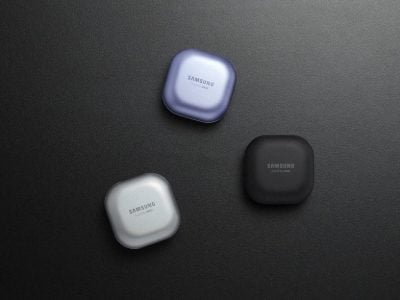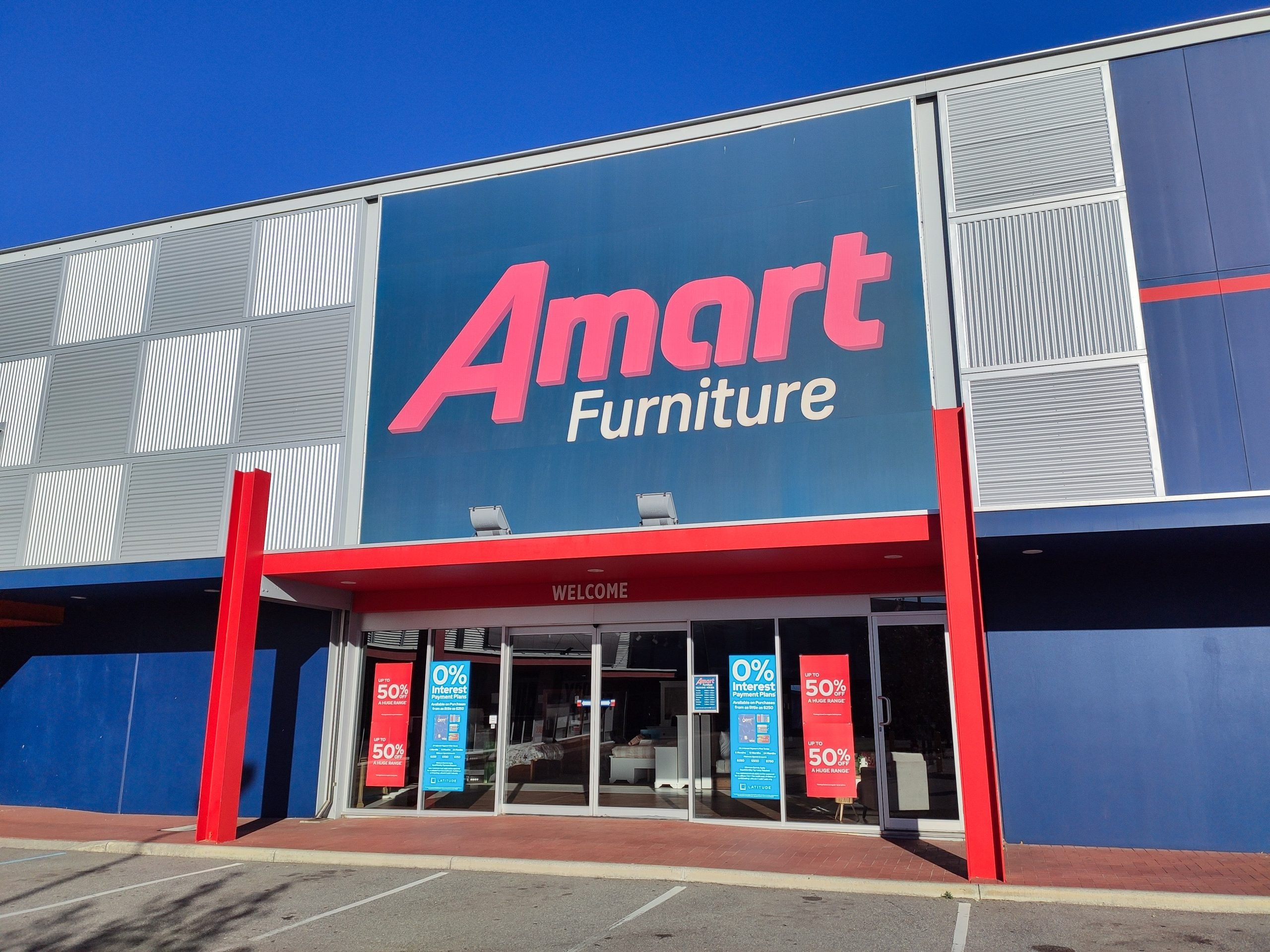The New OLED Arms Race: China Challenges South Korean Supremacy With LG Display Set To Be A Major Loser
A seismic shift is underway in the global display market.
South Korean giants LG and Samsung Display are scrambling to respond to an aggressive offensive from China, where manufacturers are investing billions in advanced OLED production facilities set to be operational and online in 2027.
Currently loss making G Display dominates the OEM market for OLED despite losing millions, now they are set to come under further pressure despite the South Korean Government moving to try and protect them resulting in Samsung buying TV panels from ttheir arch rivals OLED manufacturing Company.
The problems for South Korean manufacturers have intensified as the OLED battleground shifts from living room TVs to portable devices: PCs, tablets, and smartphones.
As tech titans like Apple pivot their flagship products to OLED screens, Chinese suppliers are positioning themselves to dominate the supply chain with cheaper, more efficient technology.
At the centre of this push is TCL CSOT, which recently absorbed LG Electronics’ struggling LED operations.
At a recent industry conference, TCL unveiled stunning technological leaps designed to outpace its South Korean rivals.
TCL demonstrated next-generation high-resolution screens and innovative power-saving features, including a tablet display that can run different parts of the screen at different refresh rates simultaneously.
The most critical development is TCL’s commitment to mass-producing OLED panels using inkjet printing technology. Analysts suggest this method is both cheaper to produce and delivers a higher quality image than LG’s current methods. This efficiency is crucial as PC and tablet makers seek ways to extend battery life.
While LG and Samsung have started cooperating under pressure from the South Korean government, Samsung’s superior marketing has allowed it to gain ground in the consumer market, leaving LG in a precarious position.

TCL CSOT Inkjet-Printedl OLEDs
TCL is confident their new 8.6-generation factory, operational in 2027, will flood the market and drive down the cost of OLED panels globally. With major Chinese brands like Xiaomi and Huawei already on board to use TCL panels, the display landscape is rapidly redrawing, threatening decades of South Korean dominance.
TCL is poised to disrupt the market further by being the first to mass-produce OLED panels using inkjet printing. Analysts claim this method delivers superior quality at a cheaper price point than current LG panels. The new panels are also more power-efficient, a major draw for mobile device manufacturers.
Key Innovations from TCL CSOT:
Gaming Laptop Display: A 16-inch, 2.5K resolution, 240Hz gaming panel for laptops.
Power-Saving Tablet Display: A 13.2-inch display featuring “partitioned frequency driving,” allowing different screen areas to refresh at different rates (e.g., 24Hz for movies, 120Hz for scrolling) to save up to 25% power.
High-Resolution Mobile: A 5.65-inch smartphone panel using a “real” RGB-stripe pixel layout, achieving clarity equivalent to 490 PPI diamond-pentile displays used in most current smartphones.
Foldable Screens: A breakthrough 28-inch tri-fold portable display that compacts down to a 16-inch size.
TCL CSOT’s Chief of Technology Planning, Ming-Jong Jou, emphasized the company’s global leadership in Inkjet-printed OLED (IJP OLED) technology, a process that major Chinese brands like Lenovo, Xiaomi, and Huawei have already committed to using in future products.












































































































